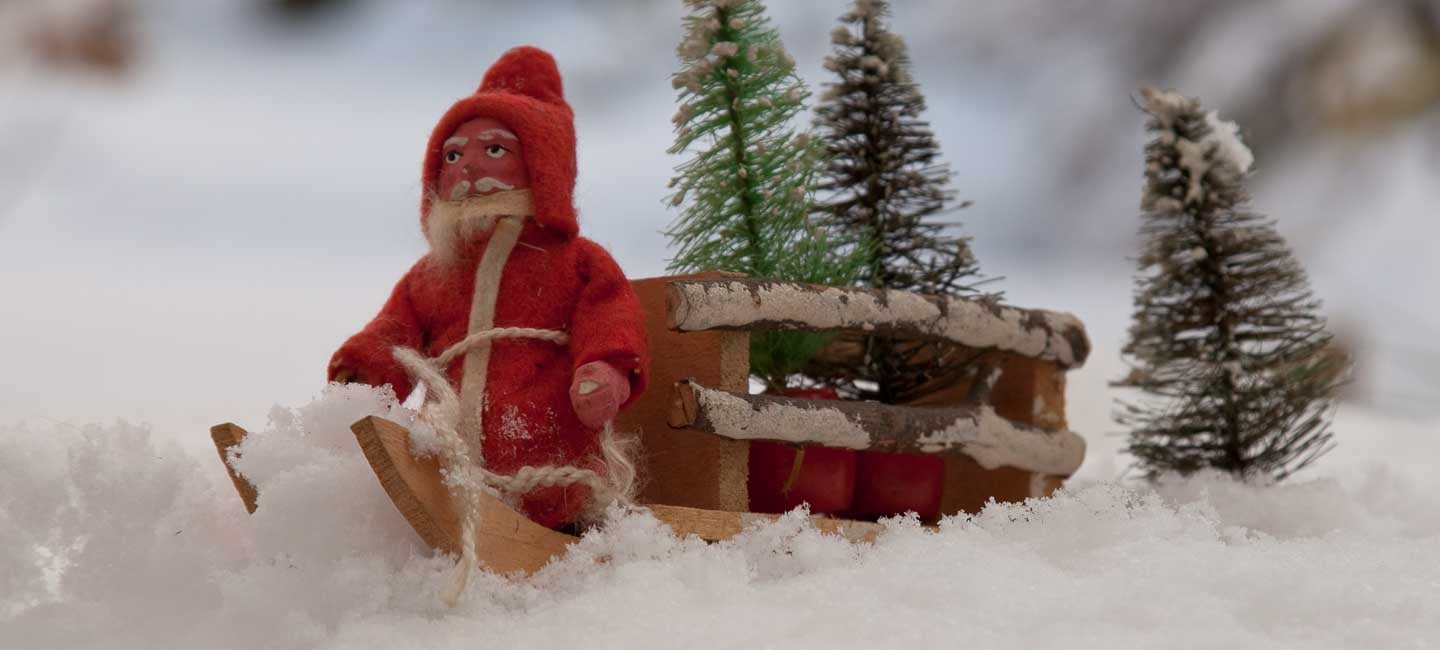Is Asbestos the Ghost of Christmas Past
Before you deck the halls with your favorite antique ornament or decoration that’s been passed down from generation to generation, check closely for a telltale dusting of white. Fake snow used to decorate homes, churches, schools and even movie sets in the 1930s was made from asbestos, a known carcinogen.
Exposure to asbestos is a major contributing factor of mesothelioma, a rare, aggressive form of cancer, but it can also cause lung cancer or a lung disease called asbestosis. Dr. Jacques Fontaine, a thoracic surgeon with Moffitt Cancer Center, says it usually takes 25-50 years between exposure to asbestos and the development of mesothelioma. He does caution that not everyone who is exposed to asbestos develops mesothelioma.
Not only may some ornaments contain asbestos in the form of fake snow residue, but also asbestos was used in manufacturing bulbs and wreaths. Vintage decorations that have a look of frost are probably made from asbestos. Since asbestos helped prevent potential fires and heat damage, many patterned tablecloths, mats and Christmas tree skirts in the 1930s were made from the material.
The practice of making fake snow from asbestos ended with the beginning of World War II because the fire-retardant material was needed on Navy ships. Even though the material hasn’t been used in Christmas decorations in decades, the ghosts of Christmas past may haunt those who inherited ornaments and decorations from their ancestors or who purchased them at an antique store hoping for a vintage holiday.
Dr. Fontaine recommends throwing out any decoration that may be made from asbestos. He says in order for asbestos to pose a health risk, a person must inhale the material. That means if you do have an ornament from your ancestors with fake snow residue you would have to sniff it or ingest it in order for it to pose a serious health risk.
If your holiday ornaments are more modern there still may be a potential danger of asbestos exposure when you put up your decorations or retrieve them from an attic or crawl space. Keep in mind that you need to inhale the asbestos fibers for it to cause an issue.
If you suspect that your decorations may contain asbestos, or that there may be asbestos in your attic, walls and or ceiling:
- Avoid storing decorations and other items in parts of your home where asbestos might exist
- Responsibly dispose of any old decorations that contain asbestos
- Have textured wall and ceilings tested to find out if they contain asbestos
- If your home does have asbestos, contact a licensed professional with experience in asbestos abatement.
Dr. Fontaine says early symptoms of mesothelioma are vague, often flu-like and mirror those of less serious illness to include:
- Shortness of breath
- Weight loss
- Fatigue
- Respiratory issues
- Chest pain
- Persistent dry cough
He recommends anyone with a history of asbestos exposure report any early warning signs and ask their physician for a chest X-ray or CT scan.



